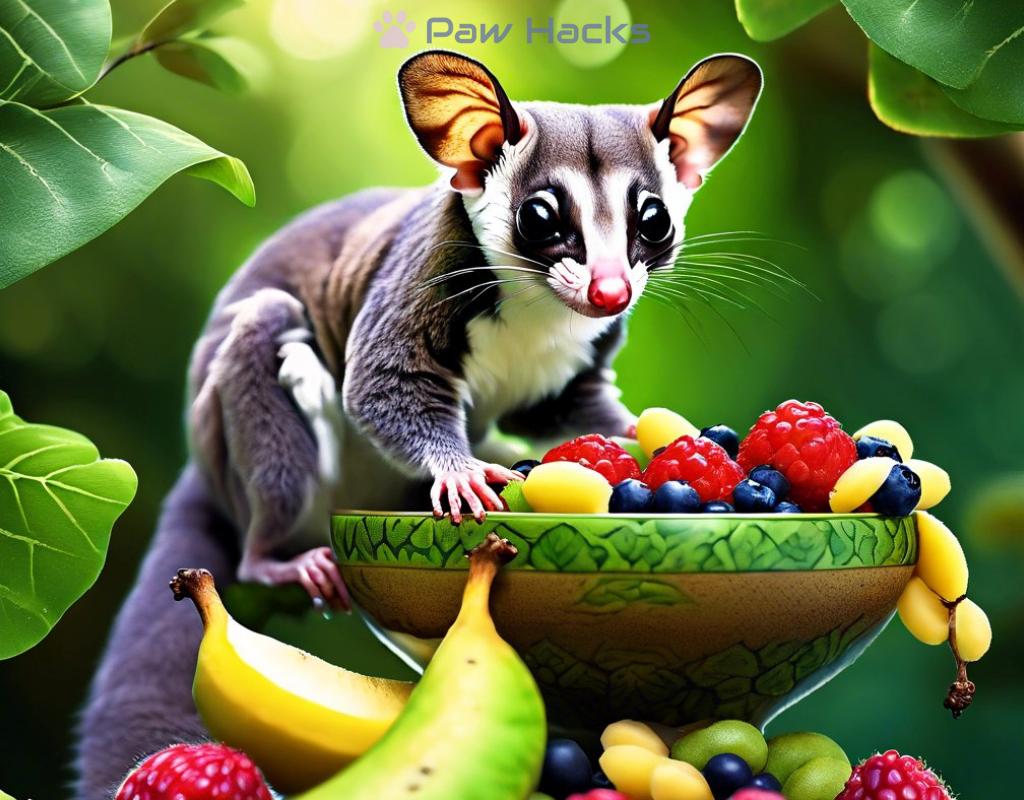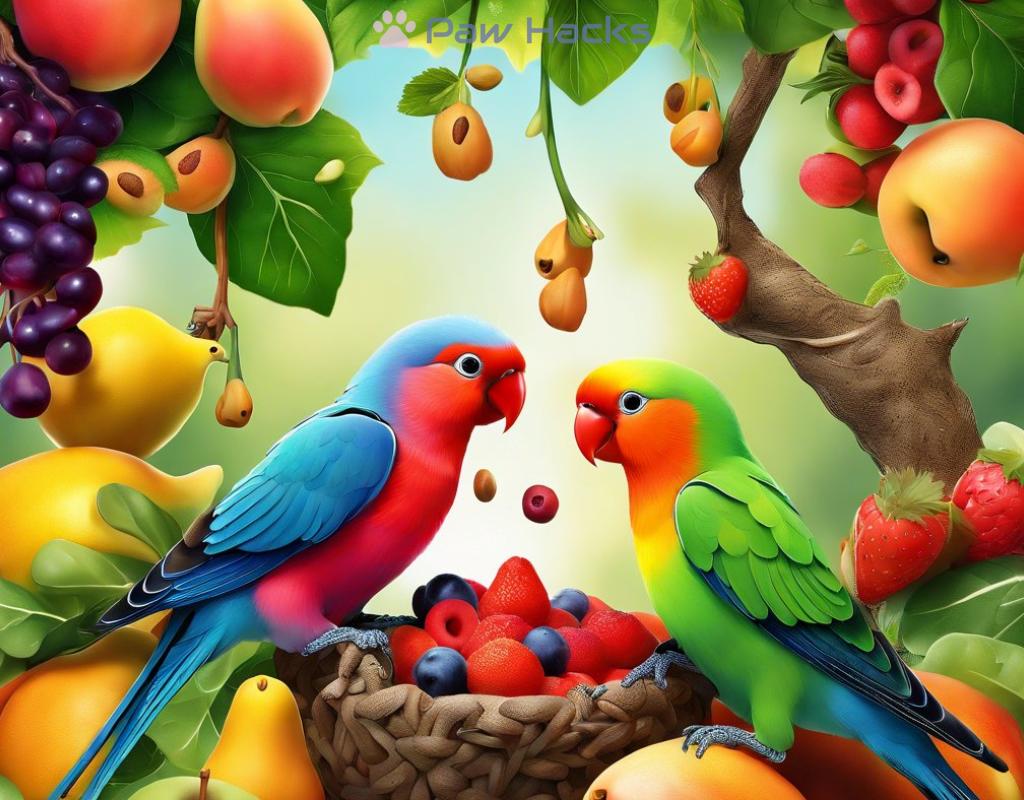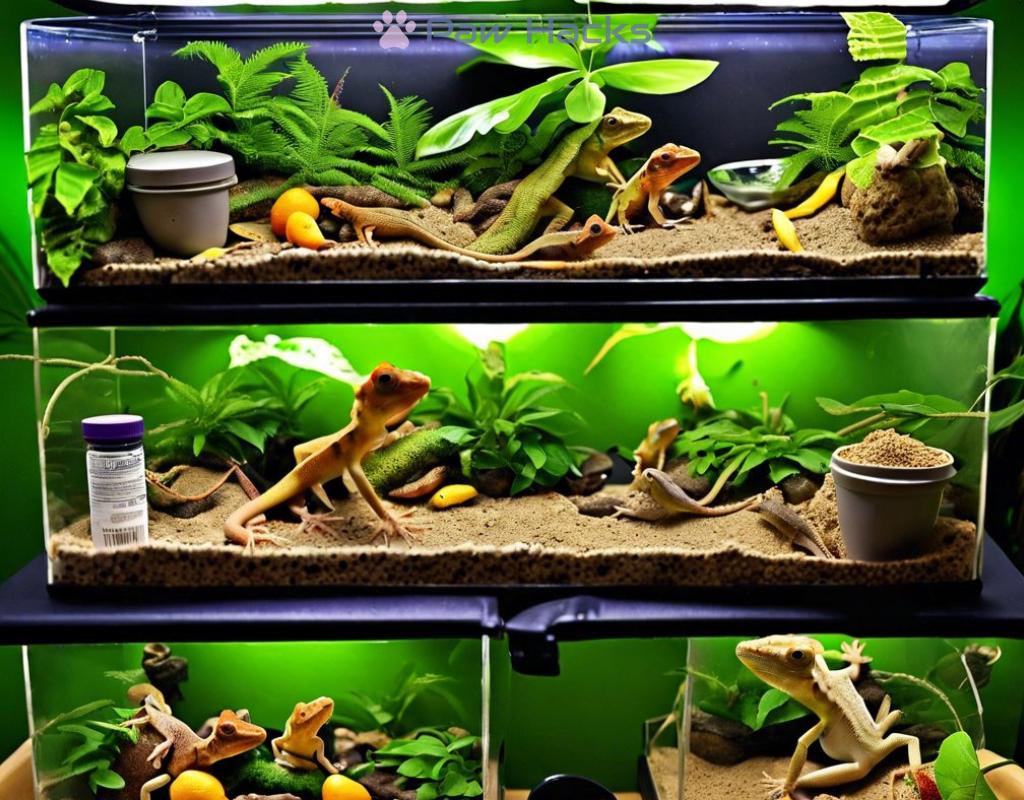Feeding Habits of Sugar Gliders
Discovering the Delicious Diet of Sugar Gliders
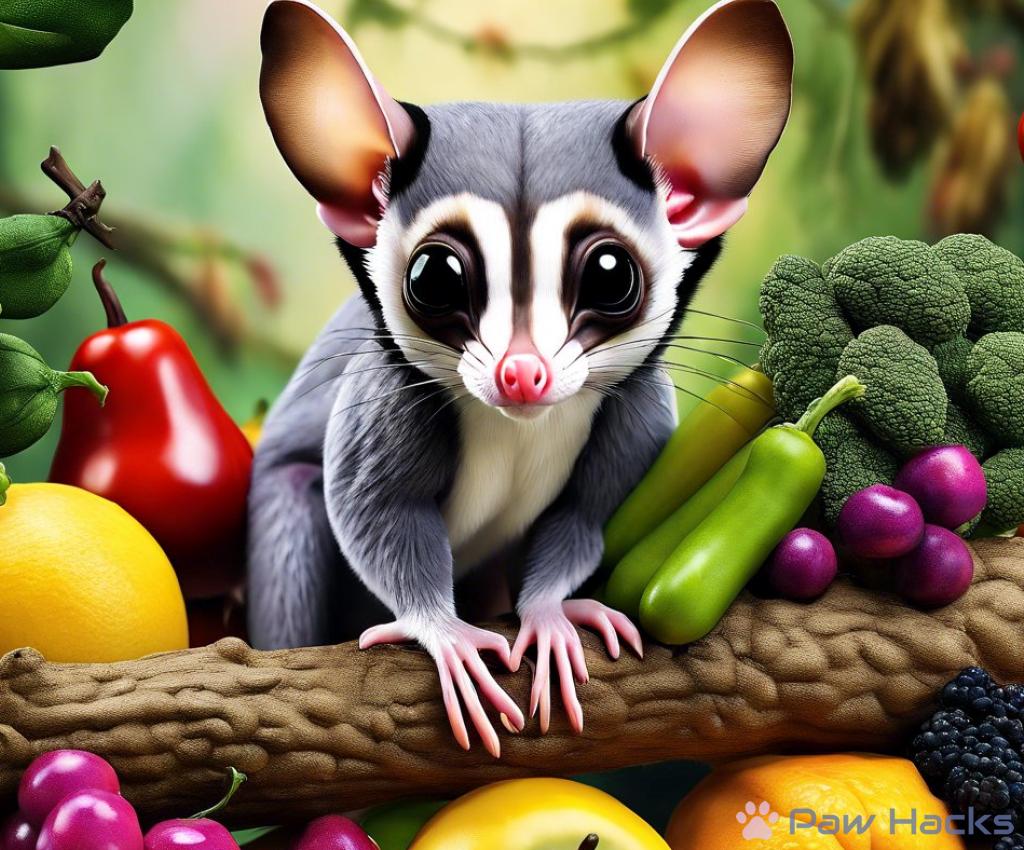
Sugar gliders, with their adorable big eyes and fluffy tails, are not just cute pets; they are fascinating creatures with specific dietary needs. In the wild, these marsupials are primarily nocturnal foragers, meaning they are active at night and spend their evenings searching for food. Their natural diet consists of a variety of fruits, nectar, and insects, which provide them with the essential nutrients required for their health and energy.
To keep sugar gliders healthy, it’s crucial to mimic their natural diet as closely as possible. This means providing a balanced mix of carbohydrates, proteins, and fats. Below is a list of some key food categories that should be included in their diet:
- Fruits: Apples, bananas, and berries are favorites.
- Nectar: A sugar glider’s sweet tooth is catered to with nectar from flowers or specially formulated nectar mixes.
- Insects: Mealworms and crickets add necessary protein.
- Vegetables: Leafy greens and sweet potatoes provide fiber.
Maintaining a balanced diet for your sugar glider involves careful planning. Here’s a simple table to guide you on portion sizes and frequency:
| Food Type | Serving Size | Frequency |
|---|---|---|
| Fresh Fruit | 1-2 tablespoons | Daily |
| Nectar | 1 teaspoon | Every other day |
| Insects | 2-3 medium | 2-3 times a week |
| Vegetables | 1 tablespoon | Every other day |
By ensuring that your sugar glider has a diverse and nutritious diet, you can help them thrive and enjoy a long, happy life!
Understanding the Nutritional Needs of Sugar Gliders
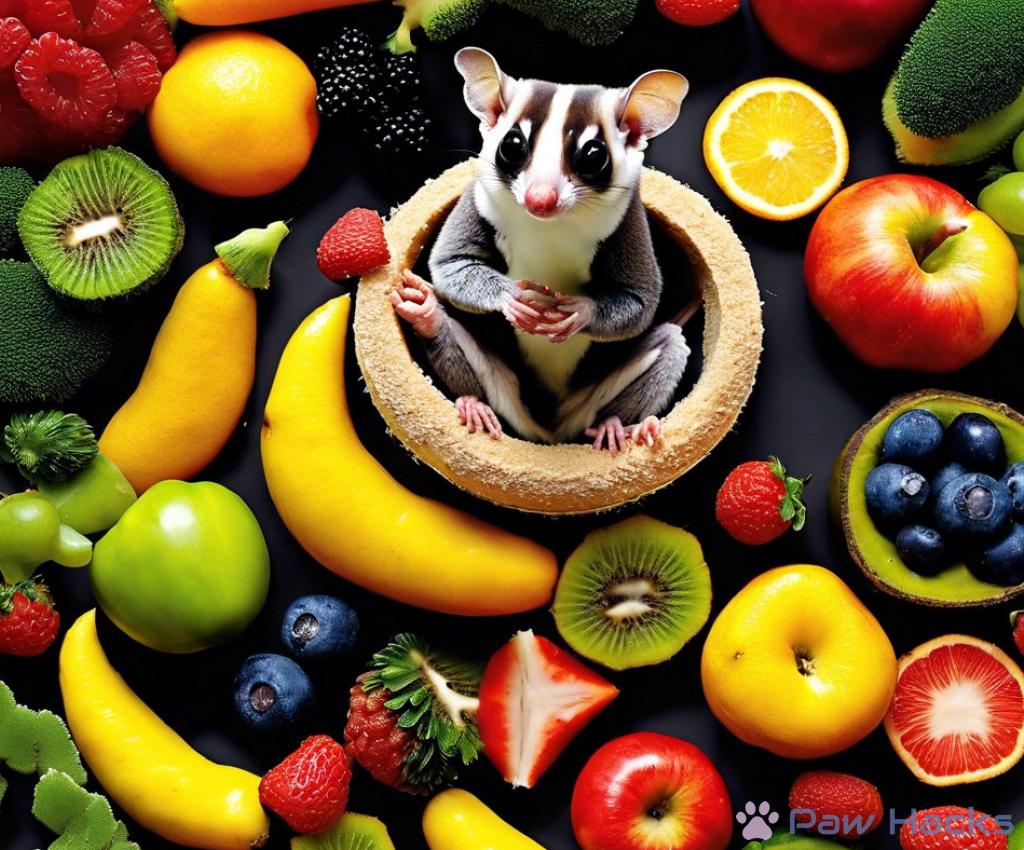
When it comes to keeping sugar gliders, understanding their nutritional needs is essential for their well-being and longevity. These charming creatures have evolved to thrive on a diverse diet, and replicating this in captivity is crucial. A well-rounded diet not only supports their physical health but also ensures they remain active and playful companions.
To truly grasp what sugar gliders require, one must look closely at the key nutritional components of their diet. In the wild, these marsupials consume a mixture of fruits, insects, and plant materials. They rely heavily on carbohydrates from fruits and sugars from nectar, which provide them with energy. However, it’s important to remember that while sugar gliders have a penchant for sweet treats, their diet should also include adequate protein sources to support their active lifestyle. Insects play a vital role here, supplying the necessary protein that is integral for growth and development.
Creating a balanced nutritional profile for your sugar glider can feel daunting, but it can be simplified into a few guiding principles. First, always prioritize fresh fruits as the cornerstone of their diet, ensuring a variety of options to prevent boredom and promote health. Second, include a blend of insects and nectar to cover their protein and sugar needs. While it may be tempting to indulge them with treats, moderation is key. Over-reliance on sugary foods can lead to weight gain and health issues. Lastly, don’t overlook vegetables, which can provide vital fiber and additional nutrients. Incorporating leafy greens and root vegetables can round out their diet, making it more diverse and beneficial.
Exploring the Role of Fruits and Insects in Their Diet
When it comes to the feeding habits of sugar gliders, two components stand out as essential to their health: fruits and insects. These delightful marsupials have evolved to thrive on a diet rich in both, which plays a significant role in their overall well-being and energy levels. Understanding how each food group contributes to their nutrition is key for any sugar glider owner seeking to provide the best care for their furry companions.
Fruits are not just a treat for sugar gliders; they form the cornerstone of their diet. These marsupials are naturally drawn to sweet, juicy fruits, which are packed with vitamins, minerals, and sugars that provide a quick energy boost. Fruits like apples, bananas, and berries not only satisfy their taste buds but also contribute to their hydration. Moreover, the diverse textures and flavors help keep their diet exciting. It’s important to note, however, that variety is essential. Rotating different fruits ensures that sugar gliders receive a broad spectrum of nutrients while preventing dietary boredom.
While fruits provide the sugars and carbohydrates necessary for energy, insects are the powerhouse of protein that sugar gliders need for growth and development. In the wild, these gliders hunt for insects like mealworms and crickets, which are not only a source of protein but also supply essential fatty acids. This protein is crucial for maintaining muscle mass and supporting the glider’s active lifestyle. Integrating insects into their diet a few times a week can significantly impact their health, promoting a strong immune system and overall vitality. Owners should ensure that the insects provided are safe and properly sourced to avoid any potential health risks.
In summary, the combination of fruits and insects creates a balanced and nutritious diet for sugar gliders. By understanding the importance of these dietary components, pet owners can make informed decisions that support the health and happiness of their beloved pets. The right mix not only mimics what these animals would find in the wild but also keeps them lively and engaged, contributing to a fulfilling life.
Creating a Balanced Meal Plan for Your Sugar Glider
Crafting a balanced meal plan for your sugar glider is essential for ensuring their health and vitality. These small marsupials have specific dietary requirements that must be met to keep them happy and active. By incorporating a variety of foods and maintaining a consistent feeding schedule, you can provide your sugar glider with the nutrients they need to thrive.
When planning meals for your sugar glider, it’s crucial to consider both portion sizes and how often they are fed. Unlike some pets that can eat freely, sugar gliders require a more structured approach to avoid obesity and ensure they receive a balanced diet. Below is a simple guide to help you establish a routine:
| Food Type | Serving Size | Frequency |
|---|---|---|
| Fresh Fruit | 1-2 tablespoons | Daily |
| Nectar | 1 teaspoon | Every other day |
| Insects | 2-3 medium | 2-3 times a week |
| Vegetables | 1 tablespoon | Every other day |
Just as humans benefit from a diverse diet, sugar gliders also thrive when given a range of food options. Introducing a variety of fruits and vegetables can not only prevent boredom but also ensure a broad intake of essential vitamins and minerals. Here are some excellent choices to include:
- Fruits: Apples, pears, mangoes, and blueberries.
- Vegetables: Carrots, kale, and bell peppers.
- Insects: Crickets, mealworms, and waxworms.
By rotating these foods regularly, you can create an appealing and nutritious menu that meets the dietary needs of your sugar glider.
Common Feeding Mistakes to Avoid with Sugar Gliders
One of the most common mistakes sugar glider owners make is overlooking the importance of a balanced diet. While it’s easy to focus on just fruits or sweets due to their appealing nature, it’s crucial to remember that sugar gliders require a well-rounded diet to meet their nutritional needs. A diet overly rich in sugars can lead to health issues such as obesity and diabetes. Instead, owners should aim for a mix of fruits, insects, and vegetables, ensuring each meal is nutritious and varied. Incorporating a variety of food types helps to mimic their natural foraging behavior and keeps them engaged.
Another frequent oversight is providing inconsistent portion sizes. Sugar gliders thrive on routine, and irregular feeding can lead to stress and health complications. Owners may inadvertently feed too much or too little, which can disrupt their metabolism. It’s essential to establish a consistent feeding schedule and adhere to appropriate portion sizes. This not only promotes a healthy weight but also fosters a sense of security for these delicate creatures. By sticking to a routine, you help your sugar glider feel more at home and comfortable.
Finally, many owners fail to consider the quality of the food they provide. Not all fruits and insects are created equal; some may contain harmful pesticides or lack the necessary nutrients. It’s imperative to source organic fruits and high-quality insects from reputable suppliers. This ensures that your sugar glider is receiving safe and healthy options. Additionally, always wash fruits thoroughly before serving to remove any residues that might harm their delicate systems. By prioritizing food quality, you lay the groundwork for a long, healthy life for your sugar glider.
Share this content:
